目录
- 一、Redis数据库的组织方式
- 1.1 redisServer结构定义
- 1.2 redisDb 结构定义
- 1.3 redisdb初始化
- 二、过期键
- 2.1 设置键的过期时间
- 2.2 过期键的判定
- 2.3 过期键的删除策略
- 2.3.1 惰性删除的实现
- 2.3.2 定时删除的实现
- 三、Redis内存淘汰策略
- 3.1 Redis针对过期key的淘汰策略
- 3.2 Redis最对所有key的淘汰策略
- 3.3 禁止淘汰策略
- 四、增删改查图解
- 4.1 新增键值对
- 4.2 更新键值对
- 4.3 获取键的值
- 4.4 删除键值对
以下内容是基于Redis 6.2.6 版本整理总结
一、Redis数据库的组织方式
Redis服务器将所有的数据库 都保存在src/server.h/redisServer结构中的db数组中。db数组的每个entry都是src/server.h/redisDb结构,每个redisDb结构代表一个数据库。Redis默认有16个数据库。
1.1 redisServer结构定义
struct redisServer {
/* General */
pid_t pid; /* Main process pid. */
pthread_t main_thread_id; /* Main thread id */
...
redisDb *db; // db数组
...
int db编程客栈num; // redis db的数量
...
};

1.2 redisDb 结构定义
typedef struct redisDb {
dict *dict; /* The keyspace for this DB */ //键空间,保存数据库中所有的键值对
dict *expires; /* Timeout of keys with a timeout set */
dict *blocking_keys; /* Keys with clients waiting for data (BLPOP)*/
dict *ready_keys; /* Blocked keys that received a PUSH */
dict *watched_keys; /* WATCHED keys for MULTI/EXEC CAS */
int id; /* Database ID */
long long avg_ttl; /* Average TTL, just for stats */
unsigned long expires_cursor; /* Cursor of the active expire cycle. */
list *defrag_later; /* List of key names to attempt to defrag one by one, gradually. */
} redisDb;
各字段含义解释:
- dict保存了数据库中的所有键值对,这个字典也被称为:键空间(key space)。键空间的键就是数据库的键,每个键都是字符串对象;键空间的值就是数据库的值,每个值可以是五种对象中的任意一种对象。
- expires字典保存了数据库中所有键的过期时间,也叫过期字典。过期字典的键是指向键空间中的某个键的指针;值是一个long long类型的Unix毫秒级时间戳。
- blocking_keys使用比较少,redis只有blpop、brpop等命令造成主动阻塞。
- ready_keys和blocking_keys配合使用,比如:一个客户端blpop阻塞等待数据,另一个客户端在push时,会检查blocking_keys中是否存在相应的key,如果有就将该key移动到ready_keys中,阻塞的客户端收到数据。
- watched_keys用来实现WATCH功能,实际线上环境不会使用,影响redis性能。
1.3 redisdb初始化
// src/server.c
void initServer(void) {
int j;
// ...
server.db = zmalloc(sizeof(redisDb)*server.dbnum);
// ...
/* Create the Redis databases, and initialize other internal state. */
for (j = 0; j < server.dbnum; j++) {
server.db[j].dict = dictCreate(&dbDictType,NULL);
server.db[j].expires = dictCreate(&dbExpiresDictType,NULL);
server.db[j].expires_cursor = 0;
server.db[j].blocking_keys = dictCreate(&keylistDictType,NULL);
server.db[j].ready_keys = dictCreate(&objectKeyPointerValueDictType,NULL);
server.db[j].watched_keys = dictCreate(&keylistDictType,NULL);
server.db[j].id = j;
server.db[j].avg_ttl = 0;
server.db[j].defrag_later = listCreate();
listSetFreeMethod(server.db[j].defrag_later,(void (*)(void*))sdsfree);
}
//...
}
二、过期键
2.1 设置键的过期时间
redis客户端提供了expire或pexpire命令来设置键的过期时间(Time to live, TTL),在经过指定秒数或者毫秒数后,redis服务器会自动删除生存时间为0的键。ttl命令是以秒为单位返回键的剩余生存时间,pttl命令则是以毫秒为单位。

也可以通过 setex 在设置某个键的同时为其设置过期时间:

如果一个键没有设置过期时间或者设置了过期时间又通过persist命令取消了过期时间,则执行ttl查看键的过期时间返回-1
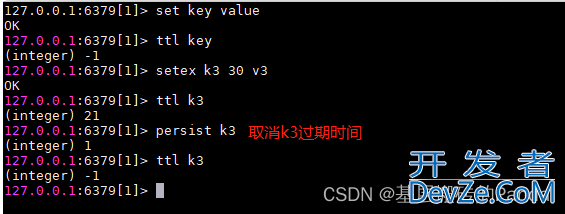
2.2 过期键的判定
开头我们在学习redisDb 结构的时候说过,过redisDb 中的expires过期字典保存了数据中的所有键的过期时间。要判断一个键是否过期:
- 检查给定键是不是在过期字典中,如果在,则拿到过期时间
- 跟当前unix时间戳比较,如果小于当前unix时间戳则过期,否则还没过期。
2.3 过期键的删除策略
惰性删除:放任过期键不管,但是每次从键空间获取键的时候,都会先检查键是否过期,如果过期了就删除,否则就正常返回。
优点:对CPU友好,对内存不友好,如果有访问的不到键,且已经过期了,则永远不会被删除。
定期删除:每隔一段时间,检查一次数据库,删除里面的过期键。要扫描多少个数据库,以及要删除多少过期键,由算法控制。
Redis服务器采用了上面两种策略的组合使用,很好的平衡了CPU的使用和内存的使用。
2.3.1 惰性删除的实现
惰性删除由expireIfNeeded函数实现,Redis在执行读写命令时都会先调用expireIfNeeded函数对键进行检查。如果已经过期,开发者_数据库expireIfNeeded函数就会删除该键值对;如果没有过期,php则什么都不做。
// db.c
int expireIfNeeded(redisDb *db, robj *key) {
// 如果没过期,什么都不做,直接返回
if (!keyIsExpired(db,key)) return 0;
/* If we are running in the context of a slave, instead of
* evicting the expired key from the database, we return ASAP:
* the slave key expiration is controlled by the master that will
* send us synthesized DEL operations for expired keys.
*
* Still we try to return the right information to the caller,
* that is, 0 if we think the key should be still valid, 1 if
* we think the key is expired at this time. */
if (server.masterhost != NULL) return 1;
/* If clients are paused, we keep the current dataset constant,
* but return to the client what we believe is the right state. Typically,
* at the end of the pause we will properly expire the key OR we will
* have failed over and the new primary will send us the expire. */
if (checkClientPauseTimeoutAndReturnIfPaused()) return 1;
/* Delete the key */
// 删除过期键
deleteExpiredKeyAndPropagate(db,key);
return 1;
}
/* Check if the key is expired. */
int keyIsExpired(redisDb *db, robj *key) {
mstime_t when = getExpire(db,key);
mstime_t now;
// 如果该键没有设置过期时间
if (when < 0) return 0; /* No expire for this key */
/* Don't expire anything while loading. It will be done later. */
// server加载过程中,不执行任何过期键删除操作
if (server.loading) return 0;
// 获取当前时间now
/* If we are in the context of a Lua script, we pretend that time is
* blocked to when the Lua script started. This way a key can expire
* only the first time it is Accessed and not in the middle of the
* script execution, making propagation to slaves / AOF consistent.
* See issue #1525 on github for more information. */
if (server.lua_caller) {
now = server.lua_time_snapshot;
}
/* If we are in the middle of a command execution, we still want to use
* a reference time that does not change: in that case we just use the
* cached time, that we update before each call in the call() function.
* This way we avoid that commands such as RPOPLPUSH or similar, that
* may re-open the same key multiple times, can invalidate an already
* open object in a next call, if the next call will see the key expired,
* while the first did not. */
else if (server.fixed_time_expire > 0) {
now = server.mstime;
}
/* For the other cases, we want to use the most fresh time we have. */
else {
now = mstime();
}
/* The key expired if the current (virtual or real) time is greater
* than the expire time of the key. */
// 如果当前时间大于过期时间,则该键过期,返回true
return now > when;
}
/* Return the expire time of the specified key, or -1 if no expire
* is associated with this key (i.e. the key is non volatile) */
// 从过期字典中获取key的过期时间
long long getExpire(redisDb *db, robj *key) {
dictEntry *de;
/* No expire? return ASAP */
// dictSize = db对应的ht[0].used+ht[1].used
// 在过期字典中找不到该key,则直接返回-1
if (dictSize(db->expires) == 0 ||
(de = dictFind(db->expires,key->ptr)) == NULL) return -1;
/* The entry was found in the expire dict, this means it should also
* be present in the main dict (safety check). */
serverAssertWithInfo(NULL,key,dictFind(db->dict,key->ptr) != NULL);
// 如果找到了,返回键的unix时间戳
return dictGetSignedIntegerVal(de);
}
2.3.2 定时删除的实现
惰性删除由src/db.c/activeExpireCycle函数实现.
#define ACTIVE_EXPIRE_CYCLE_KEYS_PER_LOOP 20 /* Keys for each DB loop. */ // 每个数据库默认检查20个key
#define ACTIVE_EXPIRE_CYCLE_FAST_DURATION 1000 /* Microseconds. */ // 每个数据库默认检查20个key
#define ACTIVE_EXPIRE_CYCLE_SLOW_TIME_PERC 25 /* Max % of CPU to use. */ // CPU最大使用率25%
#define ACTIVE_EXPIRE_CYCLE_ACCEPTABLE_STALE 10 /* % of stale keys after which
we do extra efforts. */
void activeExpireCycle(int type) {
/* Adjust the running parameters according to the configured expire
* effort. The default effort is 1, and the maximum configurable effort
* is 10. */
unsigned long
effort = server.active_expire_effort-1, /* Rescale from 0 to 9. */
config_keys_per_loop = ACTIVE_EXPIRE_CYCLE_KEYS_PER_LOOP +
ACTIVE_EXPIRE_CYCLE_KEYS_PER_LOOP/4*effort,
config_cycle_fast_duration = ACTIVE_EXPIRE_CYCLE_FAST_DURATION +
ACTIVE_EXPIRE_CYCLE_FAST_DURATION/4*effort,
config_cycle_slow_time_perc = ACTIVE_EXPIRE_CYCLE_SLOW_TIME_PERC +
2*effort,
config_cycle_acceptable_stale = ACTIVE_EXPIRE_CYCLE_ACCEPTABLE_STALE-
effort;
/* This function has some global state in order to continue the work
* incrementally across calls. */
static unsigned int current_db = 0; /* Next DB to test. */
static int timelimit_exit = 0; /* Time limit hit in previous call? */
static long long last_fast_cycle = 0; /* When last fast cycle ran. */
int j, iteration = 0;
int dbs_per_call = CRON_DBS_PER_CALL; // 每次默认检查16个数据库
long long start = ustime(), timelimit, elapsed;
/* When clients are paused the dataset should be static not just from the
* POV of clients not being able to write, but also from the POV of
* expires and evictions of keys not being performed. */
if (checkClientPauseTimeoutAndReturnIfPaused()) return;
if (type == ACTIVE_EXPIRE_CYCLE_FAST) {
/* Don't start a fast cycle if the previous cycle did not exit
* for time limit, unless the percentage of estimated stale keys is
* too high. Also never repeat a fast cycle for the same period
* as the fast cycle total duration itself. */
if (!timelimit_exit &&
server.stat_expired_stale_perc < config_cycle_acceptable_stale)
return;
if (start < last_fast_cycle + (long long)config_cycle_fast_duration*2)
return;
last_fast_cycle = start;
}
/* We usually should test CRON_DBS_PER_CALL per iteration, with
* two exceptions:
*
* 1) Don't test more DBs than we have.
* 2) If last time we hit the time limit, we want to scan all DBs
* in this iteration, as there is work to do in some DB and we don't want
* expired keys to use memory for too much time. */
if (dbs_per_call > server.dbnum || timelimit_exit)
dbs_per_call = server.dbnum;
/* We can use at max 'config_cycle_slow_time_perc' percentage of CPU
* time per iteration. Since this function gets called with a frequency of
* server.hz times per second, the following is the max amount of
* microseconds we can spend in this function. */
timelimit = config_cycle_slow_time_perc*1000000/server.hz/100;
timelimit_exit = 0;
if (timelimit <= 0) timelimit = 1;
if (type == ACTIVE_EXPIRE_CYCLE_FAST)
timelimit = config_cycle_fast_duration; /* in microseconds. */
/* Accumulate some global stats as we expire keys, to have some idea
* about the number of keys that are already logically expired, but still
* existing inside the database. */
long total_sampled = 0;
long total_expired = 0;
// 遍历各个数据库
for (j = 0; j < dbs_per_call && timelimit_exit == 0; j++) {
/* Expired and checked in a single loop. */
unsigne编程客栈d long expired, sampled;
// 获取当前要处理的数据库
redisDb *db = server.db+(current_db % server.dbnum);
/* Increment the DB now so we are sure if we run out of time
* in the current DB we'll restart from the next. This allows to
* distribute the time evenly across DBs. */
current_db++;
/* Continue to expire if at the end of the cycle there are still
* a big percentage of keys to expire, compared to the number of keys
* we scanned. The percentage, stored in config_cycle_acceptable_stale
* is not fixed, but depends on the Redis configured "expire effort". */
do {
unsigned long num, slots;
long long now, ttl_sum;
int ttl_samples;
iteration++;
/* If there is nothing to expire try next DB ASAP. */
// 如果当前数据库过期字典为空,跳过这个数据库
if ((num = dictSize(db->expires)) == 0) {
db->avg_ttl = 0;
break;
}
slots = dictSlots(db->expires);
now = mstime();
/* When there are less than 1% filled slots, sampling the key
* space is expensive, so stop here waiting for better times...
* The dictionary will be resized asap. */
if (slots > DICT_HT_INITIAL_SIZE &&
(num*100/slots < 1)) break;
/* The main collection cycle. Sample random keys among keys
* with an expire set, checking for expired ones. */
expired = 0;
sampled = 0;
ttl_sum = 0;
ttl_samples = 0;
if (num > config_keys_per_loop)
num = config_keys_per_loop;
/* Here we access the low level representation of the hash table
* for speed concerns: this makes this code coupled with dict.c,
* but it hardly changed in ten years.
*
* Note that certain places of the hash table may be empty,
* so we want also a stop condition about the number of
android * buckets that we scanned. However scanning for free buckets
* is very fast: we are in the cache line scanning a sequential
* array of NULL pointers, so we can scan a lot more buckets
* than keys in the same time. */
long max_buckets = num*20;
long checked_buckets = 0;
while (sampled < num && checked_buckets < max_buckets) {
for (int table = 0; table < 2; table++) {
if (table == 1 && !dictIsRehashing(db->expires)) break;
unsigned long idx = db->expires_cursor;
idx &= db->expires->ht[table].sizemask;
dictEntry *de = db->expires->ht[table].table[idx];
long long ttl;
/* Scan the current bucket of the current table. */
checked_buckets++;
while(de) {
/* Get the next entry now since this entry may get
* deleted. */
dictEntry *e = de;
de = de->next;
ttl = dictGetSignedIntegerVal(e)-now;
if (activeExpireCycleTryExpire(db,e,now)) expired++;
if (ttl > 0) {
/* We want the average TTL of keys yet
* not expired. */
ttl_sum += ttl;
ttl_samples++;
}
sampled++;
}
}
db->expires_cursor++;
}
total_expired += expired;
total_sampled += sampled;
/* Update the average TTL stats for this database. */
if (ttl_samples) {
long long avg_ttl = ttl_sum/ttl_samples;
/* Do a simple running average with a few samples.
* We just use the current estimate with a weight of 2%
* and the previous estimate with a weight of 98%. */
if (db->avg_ttl == 0) db->avg_ttl = avg_ttl;
db->avg_ttl = (db->avg_ttl/50)*49 + (avg_ttl/50);
}
/* We can't block forever here even if there are many keys to
* expire. So after a given amount of milliseconds return to the
* caller waiting for the other active expire cycle. */
if ((iteration & 0xf) == 0) { /* check once every 16 iterations. */
elapsed = ustime()-start;
if (elapsed > timelimit) {
timelimit_exit = 1;
server.stat_expired_time_cap_reached_count++;
break;
}
}
/* We don't repeat the cycle for the current database if there are
* an acceptable amount of stale keys (logically expired but yet
* not reclaimed). */
} while (sampled == 0 ||
(expired*100/sampled) > config_cycle_acceptable_stale);
}
elapsed = ustime()-start;
server.stat_expire_cycle_time_used += elapsed;
latencyAddSampleIfNeeded("expire-cycle",elapsed/1000);
/* Update our estimate of keys existing but yet to be expired.
* Running average with this sample accounting for 5%. */
double current_perc;
if (total_sampled) {
current_perc = (double)total_expired/total_sampled;
} else
current_perc = 0;
server.stat_expired_stale_perc = (current_perc*0.05)+
(server.stat_expired_stale_perc*0.95);
}
三、Redis内存淘汰策略
Redis为什么要有内存淘汰策略?因为Redis是内存数据库,不能无限大,达到阈值时需要淘汰部分内存的数据,来存储新的数据。
redis内存配置参数:maxmemory,一般设置为系统内存的一半(经验值),比如你的系统运行内存有哦96G,就设置为48G。
3.1 Redis针对过期key的淘汰策略
看你的业务是否使用了 expire 过期时间,如果使用了,则:
- volatile-lru (Least Recently Used的缩写,即最近最少使用)
- volatile-lfu(east frequently used的缩写,即最少次数使用)
- volatile-ttl(time to live的缩写,最近要过期的)
- volatile-random (随机淘汰)
3.2 Redis最对所有key的淘汰策略
- alllkeys-lru
- allkeys-lfu
- allkeys-random
3.3 禁止淘汰策略
redis还有一种淘汰策略,就是禁止淘汰,这种策略,当redis使用的内存达到设定的最大值时,后续的写进redis的操作会失败。
四、增删改查图解
4.1 新增键值对
举例:我们在一个空的redis数据库中执行分别执行以下命令:
127.0.0.1:6379[1]> keys *
(empty array) // 表示此时数据库中没有任何数据127.0.0.1:6379[1]&gwww.devze.comt; set msg "hello world"OK127.0.0.1:6379[1]>
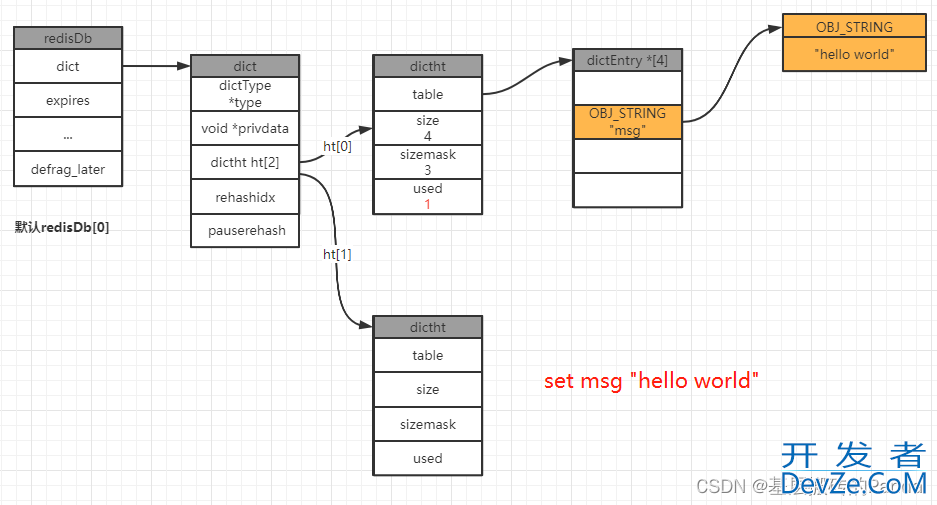
127.0.0.1:6379[1]> hmset student name panda age 20 addr beijing
OK127.0.0.1:6379[1]>
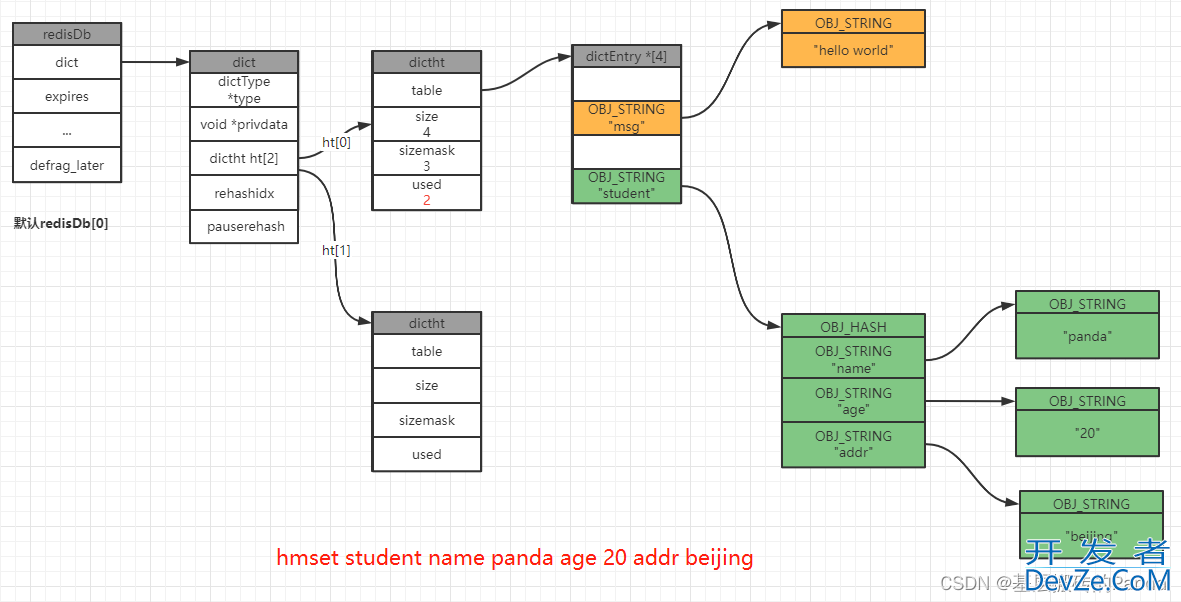
127.0.0.1:6379[1]> rpush teacher Darren Mark King
(integer) 3127.0.0.1:6379[1]>
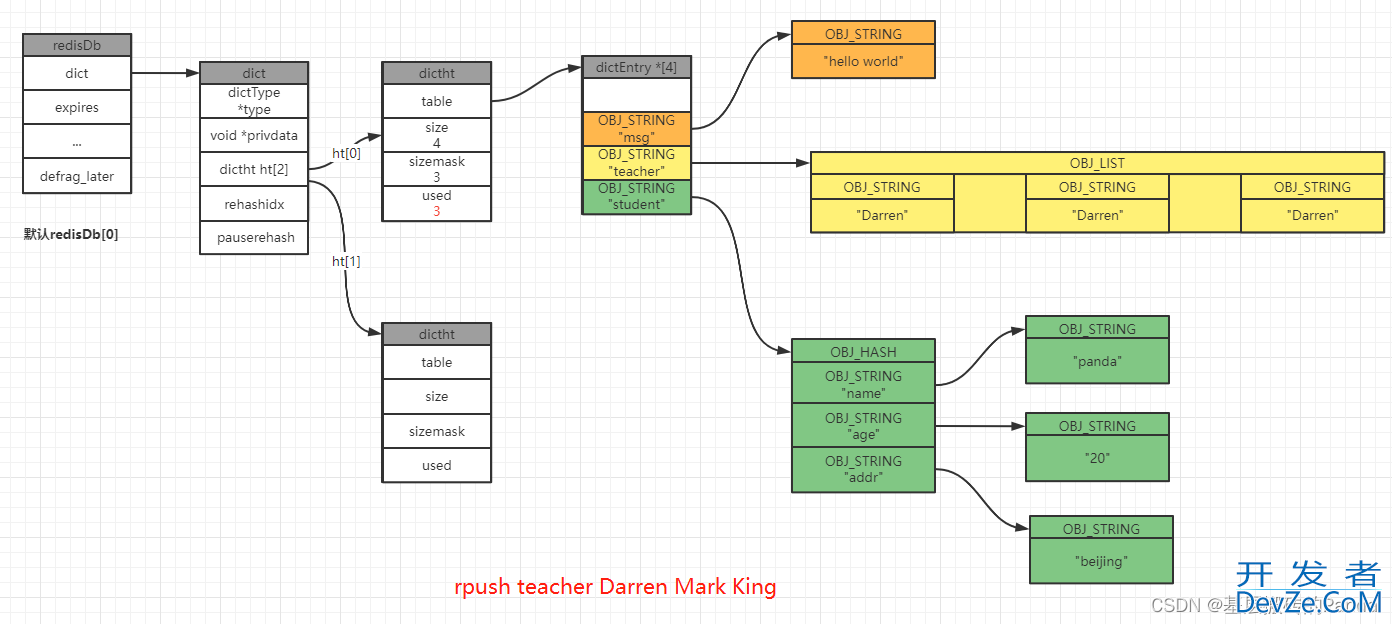
4.2 更新键值对
127.0.0.1:6379[1]> set msg "redis"
OK127.0.0.1:6379[1]> get msg"redis"127.0.0.1:6379[1]> hset student sex male(integer) 1127.0.0.1:6379[1]>
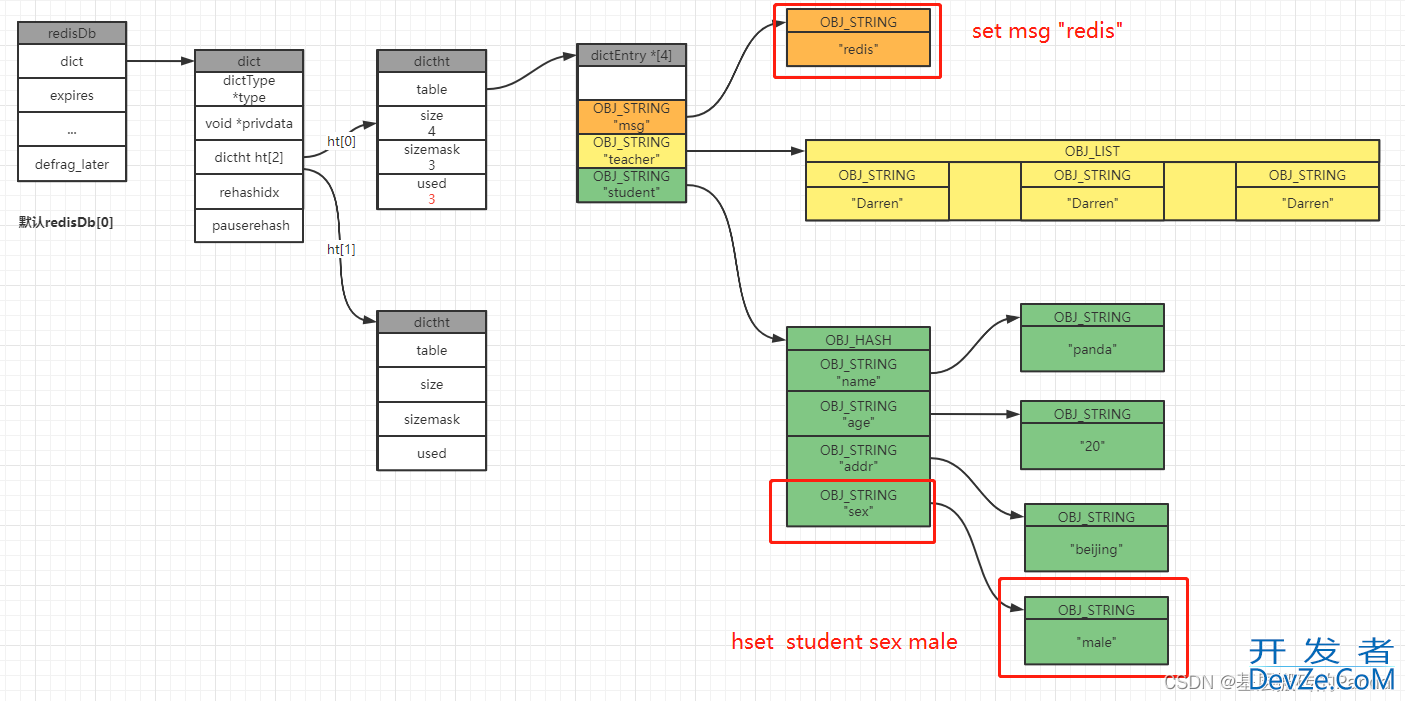
4.3 获取键的值
127.0.0.1:6379[1]> get msg
"redis"127.0.0.1:6379[1]> hmget student name age addr sex1) "panda"2) "20"3) "beijing"4) "male"127.0.0.1:6379[1]>
4.4 删除键值对
127.0.0.1:6379[1]> keys *
1) "msg"2) "student"3) "teacher"127.0.0.1:6379[1]> del student(integer) 1127.0.0.1:6379[1]> keys *1) "msg"2) "teacher"127.0.0.1:6379[1]>

到此这篇关于Redis过期键与内存淘汰策略深入分析讲解的文章就介绍到这了,更多相关Redis过期键与内存淘汰策略内容请搜索我们以前的文章或继续浏览下面的相关文章希望大家以后多多支持我们!

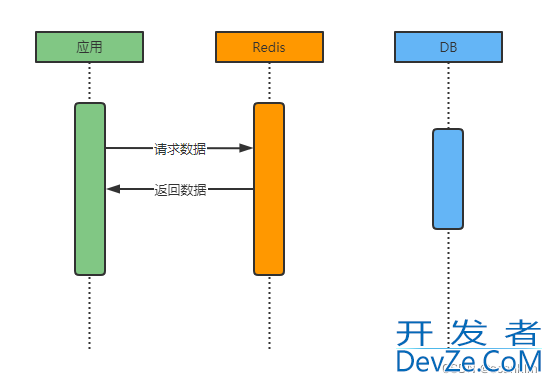
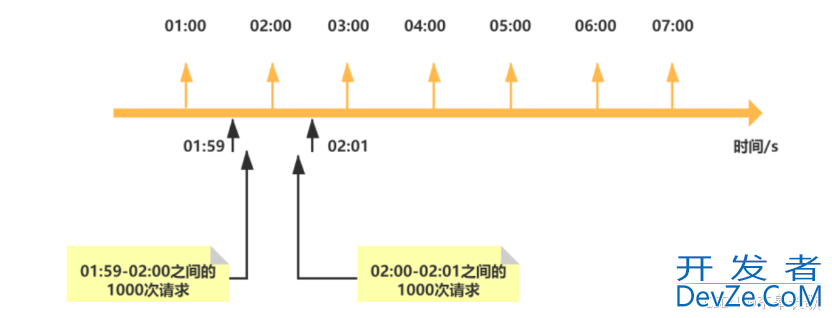
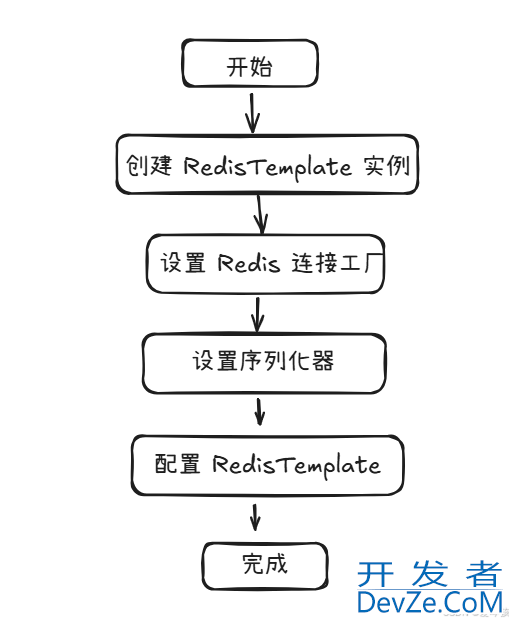
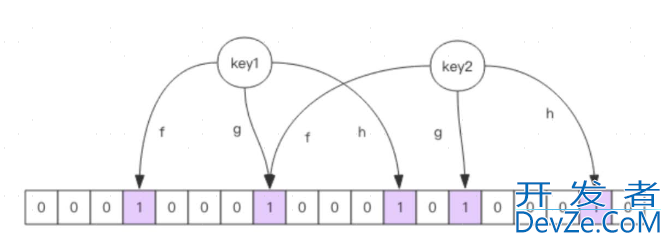




 加载中,请稍侯......
加载中,请稍侯......
精彩评论